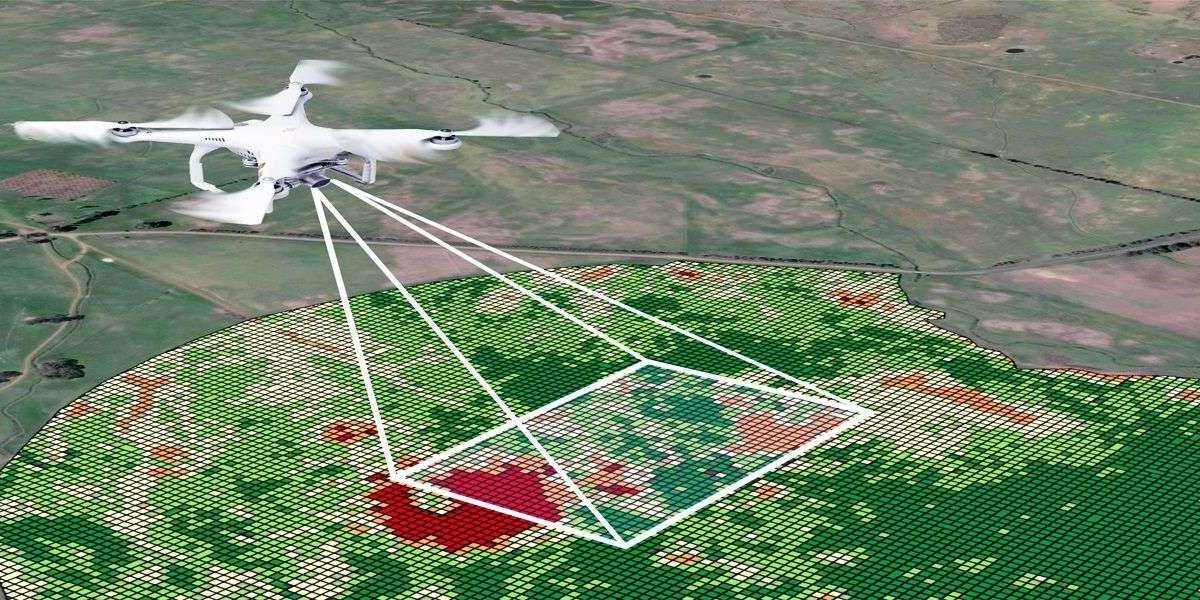In the vast expanse of agricultural landscapes, where every inch counts towards ensuring bountiful harvests and mitigating losses, the integration of technology has become imperative. Among the latest innovations, **drones** have emerged as a game-changer, offering farmers, insurers, and agricultural experts unprecedented capabilities in crop inspection and damage mapping. Let's delve into how these aerial wonders are reshaping the drones for agriculture.
Understanding Drones in Agriculture
Drones, also known as unmanned aerial vehicles (UAVs), are small aircraft operated remotely by pilots or programmed to fly autonomously. Initially developed for military purposes, drones have found extensive applications across various industries, including agriculture.
Benefits of Utilizing Drones
- **Efficiency**: Drones significantly reduce the time and manpower required for traditional crop inspection methods.
- **Precision**: With advanced sensors and imaging technologies, drones can capture high-resolution images, providing detailed insights into crop health and potential damage.
- **Cost-Effectiveness**: Compared to manned aircraft or ground-based surveys, drones offer a more economical solution for large-scale agricultural monitoring.
- **Safety**: By eliminating the need for human operators to traverse challenging terrain or climb tall structures, drones enhance safety measures in agricultural operations.
Crop Inspection with Drones
Aerial Imaging and Surveillance
Equipped with specialized cameras and sensors, drones capture aerial imagery of farmland with unparalleled clarity and detail. These images provide farmers and agronomists with valuable data on plant health, growth patterns, and environmental conditions.
Real-Time Monitoring and Analysis
Using drone-generated data, farmers can monitor crop development in real-time and identify potential issues such as pest infestations, nutrient deficiencies, or irrigation problems. This proactive approach enables timely interventions to optimize crop yields and minimize losses.
Crop Health Assessment
Through advanced image processing techniques, drones can analyze vegetation indices, such as NDVI (Normalized Difference Vegetation Index), to assess the overall health and vigor of crops. This information aids in targeted interventions, such as precision fertilization or pesticide application, maximizing resource efficiency.
Damage Mapping for Insurance
Rapid Response to Natural Disasters
In the aftermath of natural disasters such as floods, storms, or wildfires, assessing damage Mapping for Insurance is crucial for insurance claims and disaster relief efforts. Drones equipped with thermal imaging and LiDAR (Light Detection and Ranging) sensors can swiftly survey affected areas, providing insurers with accurate damage assessments.
Enhanced Accuracy and Documentation
Traditional methods of damage assessment often rely on manual surveys, which can be time-consuming and prone to errors. Drones offer a more efficient and precise alternative, generating detailed maps and 3D models of damaged fields for comprehensive documentation and analysis.
Expedited Claims Processing
By streamlining the data collection process and delivering timely damage reports, drones accelerate the insurance claims process, allowing farmers to receive compensation swiftly. This not only reduces financial burdens but also facilitates quicker recovery and resumption of agricultural activities.
Conclusion
As the agricultural industry embraces technological advancements, drones have emerged as indispensable tools for crop inspection and damage mapping. Their ability to capture aerial imagery, monitor crop health, and assess damage with speed and precision is revolutionizing farming practices and insurance procedures alike. By harnessing the power of drones, farmers can optimize yields, mitigate risks, and ensure the sustainability of agricultural operations in an ever-changing environment.








